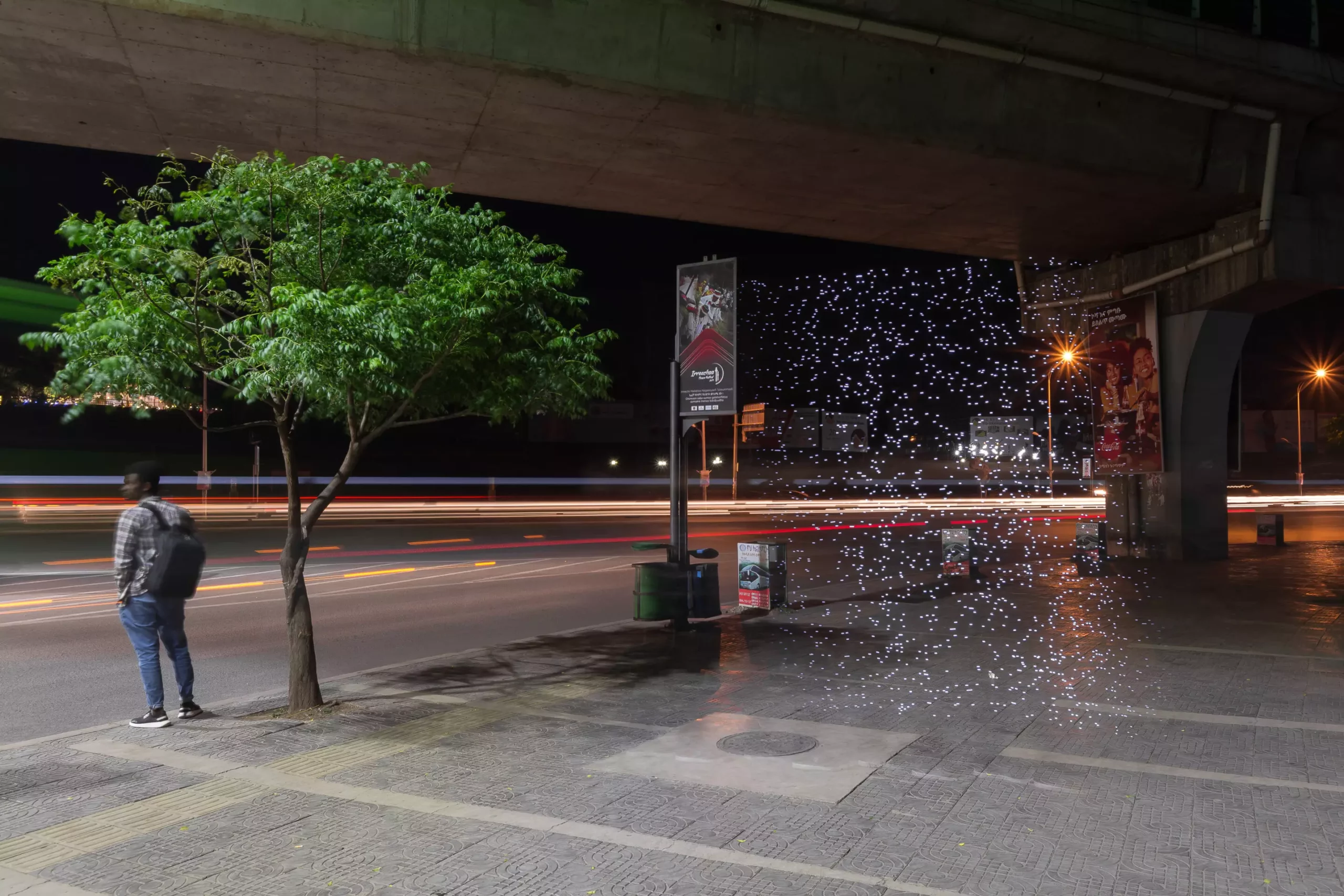The collaboration between researchers and artists has led to an innovative approach of “painting with light” to make invisible air pollution visible in Ethiopia, India, and the UK. By combining digital light painting techniques with low-cost air pollution sensors, the team has successfully captured photographic evidence of pollution levels in various cities—shedding light on the health risks faced by communities in these regions.
The findings from the project reveal significant variations in air pollution levels across different locations. For instance, in Ethiopia, the use of biomass stoves in kitchens for food preparation resulted in indoor PM2.5 concentrations up to 20 times higher than outdoor measurements. Similarly, the contrast between two children’s playgrounds in India, with one located in urban Delhi and the other in rural Palampur, showcased a significant difference in PM2.5 values, emphasizing the impact of environmental factors on pollution levels.
The research team’s efforts to document and visualize air pollution through light painting have sparked important discussions within local communities. By presenting the data in a visually compelling manner, the project has made the invisible threat of air pollution more tangible and understandable to the general public. This approach bridges the gap between scientific data and public awareness, encouraging dialogue and action on addressing air quality issues.
The utilization of low-cost air pollution sensors in conjunction with light painting techniques has allowed for the creation of captivating images that depict pollution levels in real-time. The movement of LED lights in long exposure photographs serves as a visual representation of PM concentration, with the intensity of light dots corresponding to the severity of pollution. This artistic interpretation of scientific data serves as a powerful tool for engaging audiences and fostering emotional connections to the issue of air pollution.
The “Air of the Anthropocene” project has not only raised awareness locally but has also garnered international attention through gallery exhibitions and collaborations with organizations like the UN International Organization for Migration (IOM) and UN-Habitat. The project’s reach extends to regions such as Uganda, where pollution light paintings have been displayed to highlight the global significance of air pollution as a threat to both the environment and human health. By leveraging art as a medium for communication, the project has succeeded in provoking emotional responses and inspiring action to combat air pollution on a global scale.
Air pollution remains a critical issue affecting populations worldwide, with detrimental effects on public health and the environment. The World Health Organization (WHO) estimates that a vast majority of the global population is exposed to polluted air, resulting in millions of premature deaths annually. Particularly in regions like Asia and Africa, air pollution poses a significant challenge despite ongoing efforts to implement air quality regulations. Particulate matter (PM) stands out as a major air pollutant linked to various health conditions, underscoring the urgent need for collective action to mitigate its harmful impacts.
The collaboration between researchers and artists in the “Air of the Anthropocene” project has demonstrated the power of visual communication in raising awareness about air pollution. By transforming scientific data into artistic representations, the project has engaged communities, sparked discussions, and mobilized efforts to address the global threat of polluted air. Through continued initiatives that combine creativity with scientific insights, we can strive towards a cleaner and healthier environment for all.


Leave a Reply